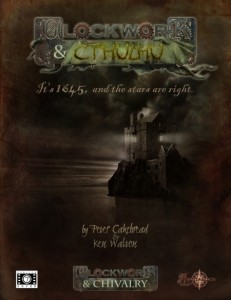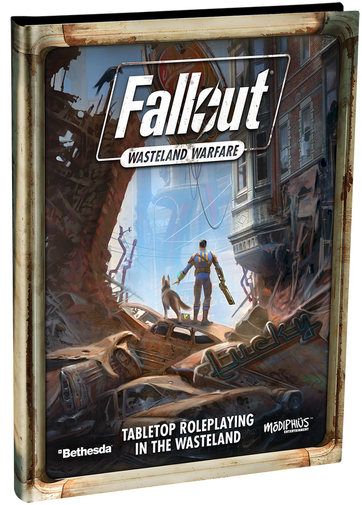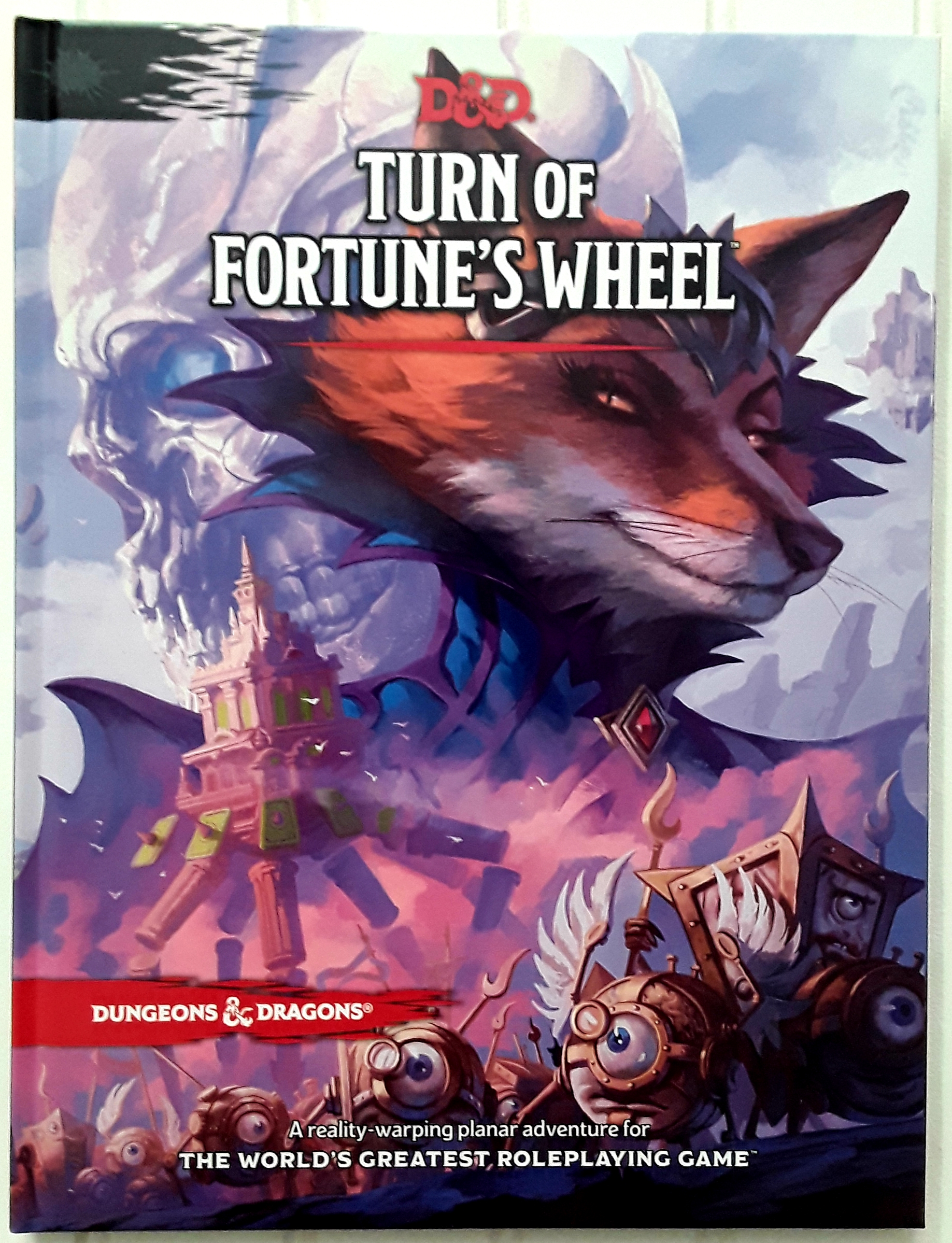Clockwork & Chivalry Part 2: A Look Inside
By Aaron T. Huss

Learn more about Clockwork & Cthulhu here
Welcome to part 2 of the Featured Product series for Clockwork & Chivalry, published by Cakebread & Walton. Part 2, A Look Inside, delves into the workings of the various books featured in this Featured Product series and how they’re constructed from an actual-use standpoint.
PUBLICATION
I’ve been fairly constructive with my comments concerning Clockwork & Chivalry publication quality in the past. The first edition of Clockwork & Chivalry was a good-looking book, but had plenty of room for publication quality improvement. I was pleasantly surprised to see the second edition book exhibiting a lot of the improvement I saw. Not that the first edition was a bad book or difficult to read, it just needed some tweaks; tweaks that were made for second edition. Doing a quick perusal of Clockwork & Chivalry, you find a book that is easy to read, pleasant to view, and has some very interesting artwork to reflect the 17th century setting (and the inclusion of alchemy and clockwork, especially clockwork).
Cakebread & Walton use the same publication formatting for the entire Clockwork & Chivalry series (so far at least) which includes the core rulebook, Clockwork & Cthulhu, Kingdom & Commonwealth Omnibus I, and Kingdom & Commonwealth Omnibus II. I am a fan of artwork matching the “mood” of a setting, and Cakebread & Walton have definitely captured the mood (and era) of the setting throughout their artwork and cover art. And as an added bonus, they have a great looking logo with a bit of clockwork and 17th century flair.
I’d also like to note that while the bulk of the book has a nice, easy to read layout, the Bestiary is a bit tricky to navigate at times. Not because the content is hard to follow, but because the layout gets a little weird at times whereas stats from some creatures end up on opposite pages or two-column entries get really chopped-up. A considerably different approach was taken with the Clockwork & Cthulhu bestiary, which definitely helped. There are still a number of occasions where this could be cleaned up, but it’s definitely easier to peruse than the core rulebook.
NAVIGATION
How good a book looks only goes as far as visual appeal, and of course shelf attractiveness. However, once you crack open a book (or launch the PDF), navigating through it becomes much more important. Looking at the core rulebook from a general printed standpoint, and following the character creation process through as you read along, I noted that you definitely need to read the entire character section (which includes Character Creation, Professions, Factions, and Skills) before making an actual character. The reason for this is that detailed descriptions of what you are looking to create are contained within the 3 latter chapters instead of the first Character Creation chapter. Although this is NOT a problem, it does mean you need to do a little legwork before delving straight into character creation.
To start, when you create your character concept, you may want to do a little backwards work to determine how you want that character to look and feel straight out the gate. Character concepts in Clockwork & Chivalry (and pretty much all the Renaissance-related systems) actually start with Professions. You want to create a certain type of character and thus you should match the profession that best mimics what you character concept is. From there, you can see the Social Class options that are part of that Profession. Yes, not all professions are available to all social classes, so understand this first before choosing your social class. You can then read through the detailed explanations of the Advanced Skills to determine which Attributes are used to calculate the basis for each Advanced Skill. This can determine how you assign your dice rolls to each Attribute (the calculations for Basic Skills are listed on the character sheet, but you need to look through the book to get the calculations for Advanced Skills). The Character Creation chapter gives you a table of the basis calculations, and the Skills chapter gives you the detailed descriptions.
Now that you have your character concept, have “chosen” a profession and associated social class, and determined which advanced skills are the ones you seek, then I would move to rolling up your character by assigning the dice rolls to your Attributes and proceeding as normal. This backwards-concept is actually a very common one in role-playing games, and I do not fault Cakebread & Walton for following that path. In fact, the core rulebook along with Clockwork & Cthulhu include so many different professions and factions that creating your character concept within the given setting becomes that much easier. You’re not limited to only a handful of choices as the combinations are quite vast (there are more than 35 professions to choose from and some have multiple specialties). Being able to use the 250 free skill points means you can further tweak your character to align with that character concept.
This character creation description means the printed book is not that difficult to navigate, but the PDF can be a bit tricky as you have to flip back-and-forth between pages to find what you’re looking for. This can be made easier by using bookmarks, but that’s a very weak spot of Clockwork & Chivalry. There are lots of PDF bookmarks, but the way they are arranged required a lot of scrolling to get to the page you were looking for. I didn’t see that nice outline look with lots of different levels expanding down to the individual headlines. Instead, the bookmarks were a collection of headlines with little to no outline style, making PDF navigation much more difficult. If you’re on a computer with a handheld mouse, this isn’t too bad, but if you’re on a handheld device or tablet, this really becomes a pain.
The Clockwork & Cthulhu book has a lot less character options as it is a setting layer with added character options and not a character book with a few setting options. However, the PDF version I have has NO bookmarks which made navigation very difficult on my handheld device (I use a Nook). Peter Cakebread and Ken Walton (the designers and authors of the Clockwork & Chivalry series) sent me this copy, so I’m not sure if it’s just the copy I have or the final publication. As such, I cannot truly comment one way or another. Looking at Clockwork & Cthulhu from a general navigation standpoint, for players, it is quite easy to get around. The new layer of mechanics for use with the setting are presented upfront and are quite clear. The cool thing is you can easily create your own horror setting using these mechanics (except for Lore (Cthulhu Mythos)) because they are not tied directly to the setting, but are instead a modular addition to creating a horror atmosphere. For those looking to publish your own setting, these mechanics are part of the OGL!
SO WHAT?
Publication quality and navigation can be as important to a role-playing game as the mechanics and setting are. No one wants a great set of mechanics that are poorly presented, just like no one wants a book that completely lacks artwork. I’m very happy to see Cakebread & Walton, and the Clockwork & Chivalry core rulebook, improve over time and release quality publications to the community. Almost everyone has some type of improvement in their books, but it’s more important to see a company improve over time than continue to make the same mistakes (or worse, have a degradation of their quality!). Clockwork & Chivalry, and the whole series, is definitely worth a look inside if you haven’t done so yet; especially those who have the first edition and are wavering on whether or not they should move to second edition.



